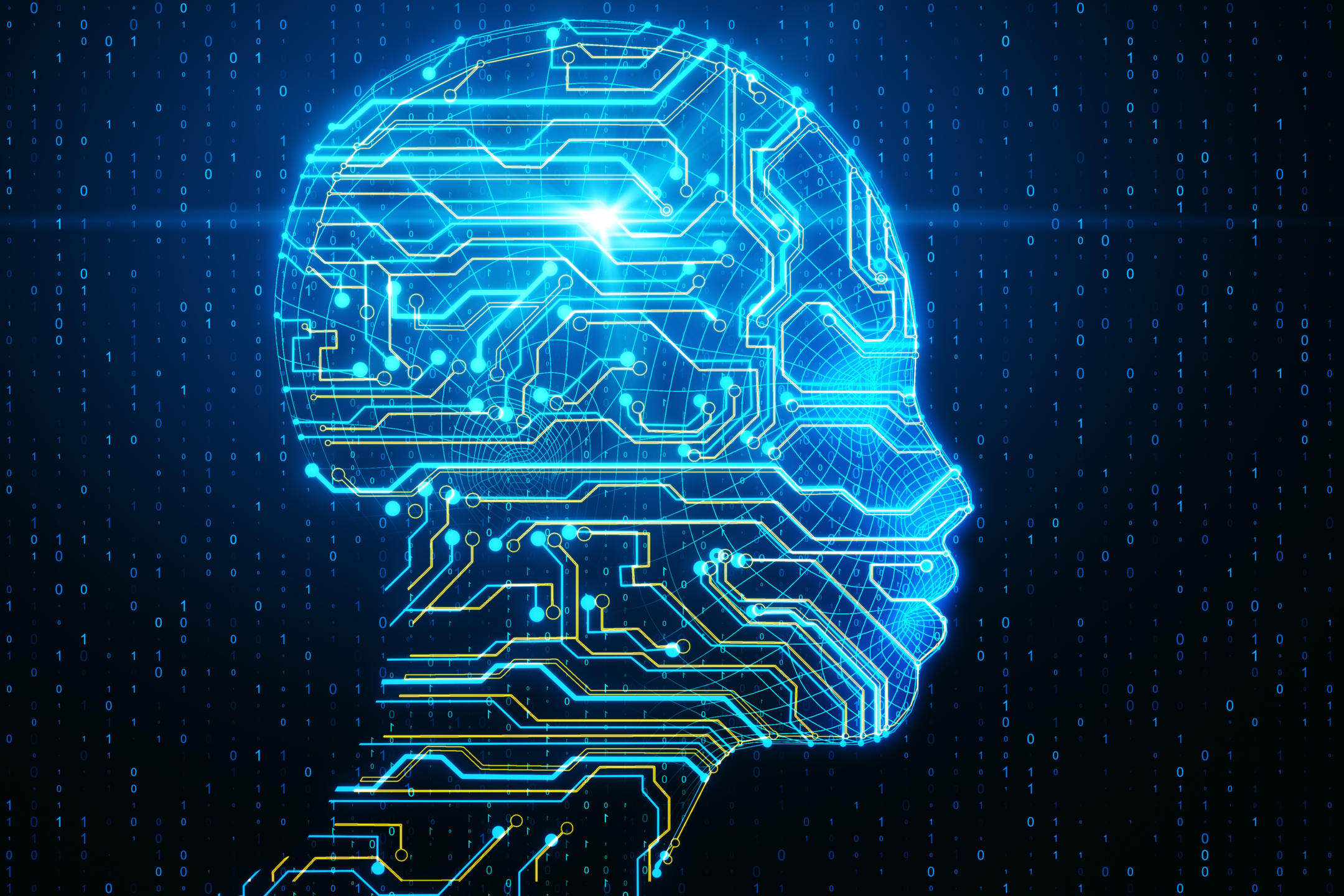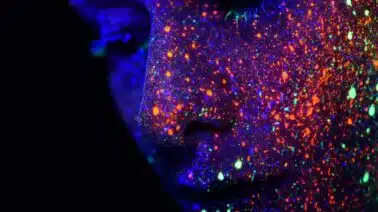
The use of artificial intelligence (AI) to streamline workflows and processes accelerated the exit of many workers across multiple industries, from manufacturing to customer service and more. The U.S. job market suffered when COVID-19 spread across the country in 2020 and more automation was used to help struggling businesses stay afloat.
There are currently 10.7 million unemployed people in the U.S. according to a recent Bureau of Labor Statistics (BLS) report. With the end of the pandemic barely in sight, the unemployed are concerned they may never get their jobs back. Now, they also have the burden of worrying about potentially being replaced with AI-enabled machines and automation.
According to a report from the World Economic Forum, 85 million jobs will be replaced by machines with AI by the year 2025. While that may sound like a terrifying statistic, don’t worry. The same report states that 97 million new jobs will be created by 2025 due to AI. So yes, AI will replace some jobs, but others are either here to stay or will be created anew thanks to artificial intelligence.
Here’s why AI will replace some jobs, why it won’t replace all jobs and what you can do to best prepare yourself for the jobs of the future.
Why AI Will Replace Some Jobs
Computers are Less Error-prone Than Humans
As humans, it’s in our nature to make mistakes. Computers, on the other hand, are not susceptible to human error. They receive a set of instructions and execute them exactly as spelled out in the code. This is extremely important for jobs like data entry, where a typing error could result in chaos.
In all likelihood, AI will take over jobs that require copying, pasting, transcribing and typing. At the very least, a new AI co-worker might be there checking your work.
AI Doesn’t Get Bored or Tired
Lack of rest, personal stress, boredom from repetitive tasks, even “hanger” are all particularly human problems (when compared with machines).
For instance, staying up all night impacts your work performance the next day. According to sleepfoundation.org, a lack of sleep is prone to cause lack of focus, decreased reaction times, irritability and errors. On the other hand, computers never need to sleep. No matter what, their operational ability is the same (unless the power is out).
Similarly, repeating the same motion and doing the same thing every day gets dull for a human. That’s what machines were made for.
AI-enabled Machines Can Perform Dangerous Tasks
Jobs like mining, factory work and machine assembly all expose workers to a certain amount of danger. Whether it’s dangerous fumes, falling objects or extreme temperatures at work, there will always be circumstances and situations where people can be seriously injured or killed.
AI can be used in manufacturing not only to make processes more efficient, but to also keep human workers out of harm’s way. Opportunities to leverage AI and machine learning in manufacturing include product development, logistics optimization, predictive maintenance and, of course, robotics.
While machines can also be damaged or destroyed doing dangerous work, they are not nearly as fragile and are built to withstand enormous amounts of pressure, heat, airborne toxins and other threats.
AI Machines are Cheaper in the Long Run
While the upfront cost of building and training an AI machine is high, the overall cost of operation is much lower than paying a human to do the same job according to the APA.
Running a machine just takes electricity and occasional maintenance. To hire a human for a job, it takes resources to find and train them, not to mention the yearly salary and benefits that must be paid out.
Why AI Can’t Replace All Jobs
Humans Excel at Creative Thinking
Computers are great at repetitive tasks. Humans, on the other hand, really shine when it comes to creative thinking. The inner workings of the brain are extremely complex in ways that machines just can’t replicate (at least not right now).
Any jobs that involve creativity or creative problem-solving — musicians, artists, writers, marketers, inventors — will not be replaced by artificial intelligence.
Computers Can’t Imitate Human Connection
Many jobs require establishing trust and a human-to-human connection in order to get people to relax, open up and share about themselves. While AI can “technically” handle the role of a teacher, therapist or a nurse, there is no substitute for the critical human connection forged by the people in those roles. Computers, while capable of communicating, are missing that human touch.
AI Can’t Handle Overly Complex or Highly Strategic Jobs
While this might not be true forever, AI isn’t capable of developing complex strategies or thinking critically through complicated scenarios. There is a certain element of human intuition that’s critical for chief executives and other business leader positions. Many people in these jobs might turn to AI to assist them in thinking through problems, but ultimately, humans will make the decision.
Someone Needs To Program the AI
In order to have a fully automated workforce, someone needs to be in charge of creating the AI programs themselves. Not only that, but as technology improves, machines will need to be updated and replaced. There will always be jobs available for those who understand the inner workings of AI robots.
Preparing Your Career for the Future
The future can feel a little scary, especially through the lens of science fiction dystopias where robots rule the planet. The real future we’re facing is much more harmonious. Some roles will be replaced by automation, but that is simply to make way for new jobs in the future economy. Investing in digital transformation training for business and development programs for executives is a great step towards future growth.
Are you interested in helping pave the way for AI and the jobs of the future? Check out our Artificial Intelligence Nanodegree program for individuals or our Enterprise AI Training solution to get started on learning the foundations of AI algorithms. Sign up today!



